Enhancing Mortgage Approval Rates
The Role of Automated Valuation Models
Automated Valuation Models (AVMs) are revolutionizing the process of mortgage approval by offering a faster, less labor-intensive, and highly scalable alternative to traditional property valuation methods. As a pivotal technology in the mortgage lending industry, AVMs are significantly influencing approval rates, efficiency, and the overall lending landscape. Let’s explore the impact of AVMs on mortgage approvals.
Accuracy and Speed
AVMs utilize vast databases of real estate information and sophisticated algorithms to estimate property values quickly and accurately. Unlike manual appraisals, which can be subject to human error and biases, AVMs provide standardized valuations based on comprehensive market data and trends. This accuracy is crucial in ensuring fair and equitable mortgage loan amounts are determined, directly influencing approval rates by aligning loan values more closely with actual market conditions. Additionally, the speed at which AVMs generate valuations significantly reduces the time from application to approval, enabling lenders to offer faster responses to applicants—a key factor in customer satisfaction and competitive advantage.
Scalability
The scalability of AVMs is a game-changer for the mortgage industry. With traditional appraisals, the capacity to expand and manage increased volumes of loan applications is limited by the availability and bandwidth of human appraisers. AVMs, on the other hand, can handle an almost limitless number of valuations simultaneously, without sacrificing speed or accuracy. This scalability allows lenders to process a higher volume of mortgages more efficiently, ultimately leading to higher approval rates and growth opportunities.
Streamlining the Lending Process
By integrating AVMs into the mortgage lending process, lenders can streamline operations and reduce costs. The automation of property valuations reduces the need for physical appraisals, cutting down on time-consuming visits and manual assessments. This efficiency not only saves time but also cuts operational costs, allowing lenders to offer more competitive rates and services. Moreover, the use of AVMs adds a layer of objectivity to the valuation process, minimizing disputes over property valuations and further accelerating the approval process.
Conclusion
The role of Automated Valuation Models in enhancing mortgage approval rates cannot be overstated. AVMs bring accuracy, scalability, and efficiency to the process, transforming how lenders evaluate properties and make approval decisions. As the technology behind AVMs continues to advance, we can expect even greater improvements in mortgage approval rates and overall lending efficiency. For mortgage lenders looking to stay ahead in a competitive market, embracing AVMs is not just an option—it’s a necessity.




